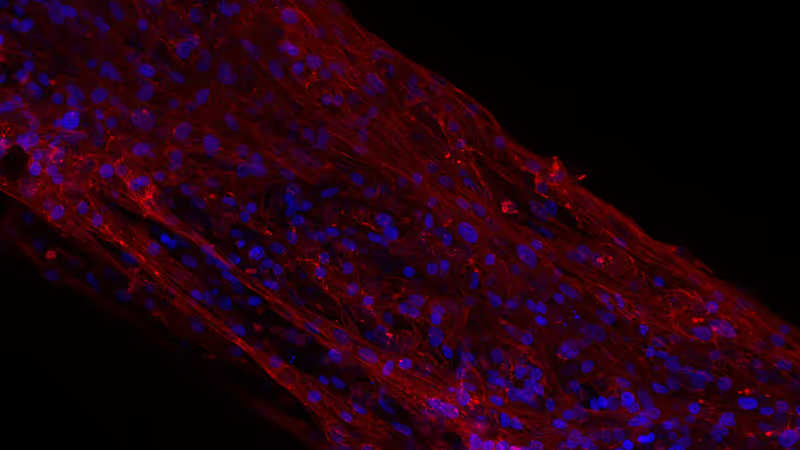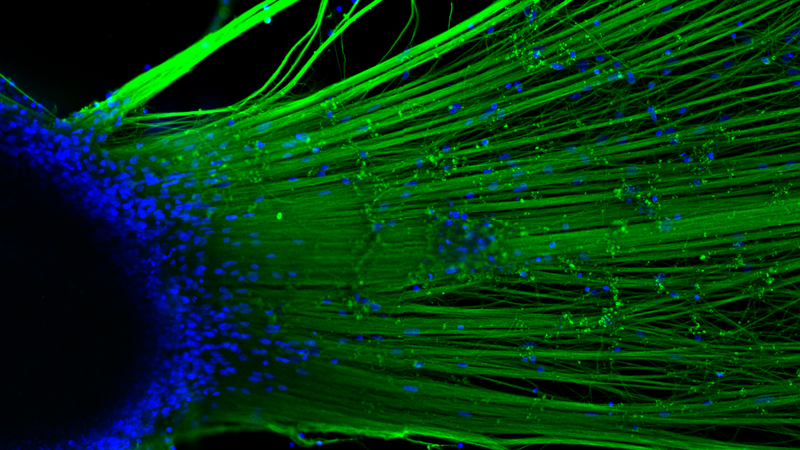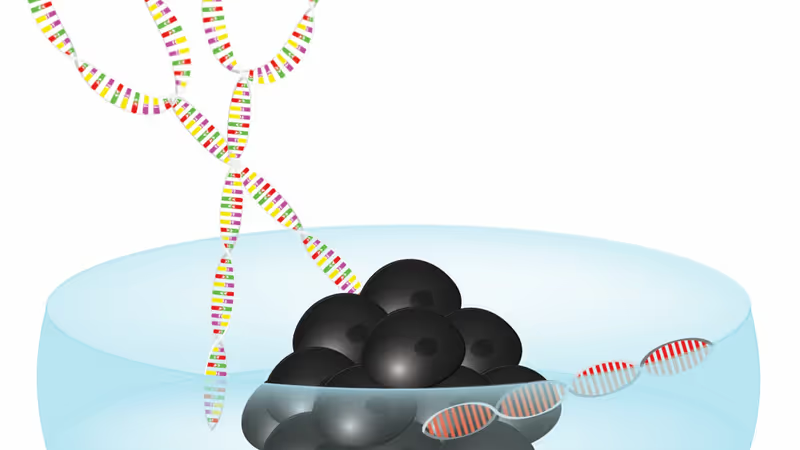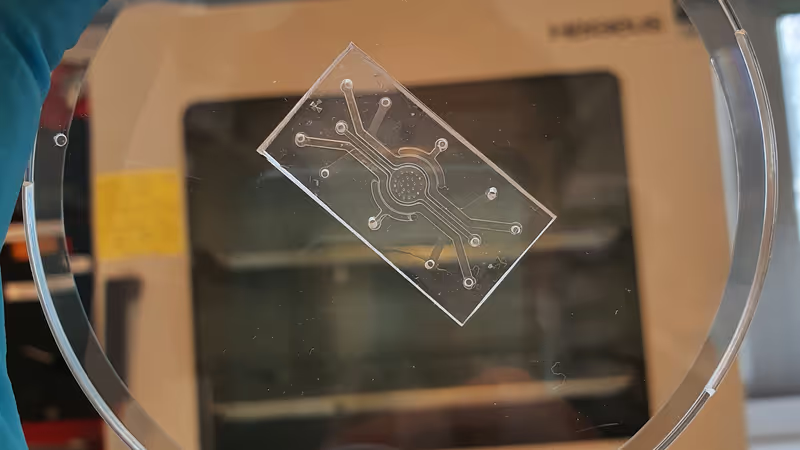WE BELIEVE THAT WE CAN ACHIEVE AMAZING GOALS IN THE FIELD OF STEM CELL TECHNOLOGIES. MAKING A DIRECT IMPACT ON HEALTHCARE.
What we do
Every day we are pushing the boundaries of the stem cell research field. With one goal: bridging the gap between engineering and medicine. That's where we make our impact.
Check our AST webpage! www.appliedstemcelltechnologies.com.
Stem cells
With induced pluripotent stem cell (iPSC) technology, it is possible to produce stem cells from any person. By culturing the iPSCs in the lab, we can differentiate them into many different types of human tissues, including those of the heart, vessels, and nerves.
At AST, we use tools like CRISPR/Cas technology to genetically modify stem cells and produce stem cell-derived tissues that express fluorescent reporter proteins or carry specific disease-related genetic mutations. Moreover, we analyze the stem cells and the stem cells-derived tissues both by high-throughput/high-content imaging and by single cells analysis.
Organs-on-chips
Organs-on-chips are realistic laboratory models of human tissues and organs, based on the culture of human cell material in microfluidic devices. Nanosensors and microactuators are integrated in the devices and generate a dynamic and realistic cell culture microenvironment. As a result of this technical-biological integration, organs-on-chips exhibit specific functions that are similar to those found in human organs. At AST, we develop and apply organ-on-chip technology to study the structure and function of the human heart and other organs.
Applied Stem Cell Technologies team








